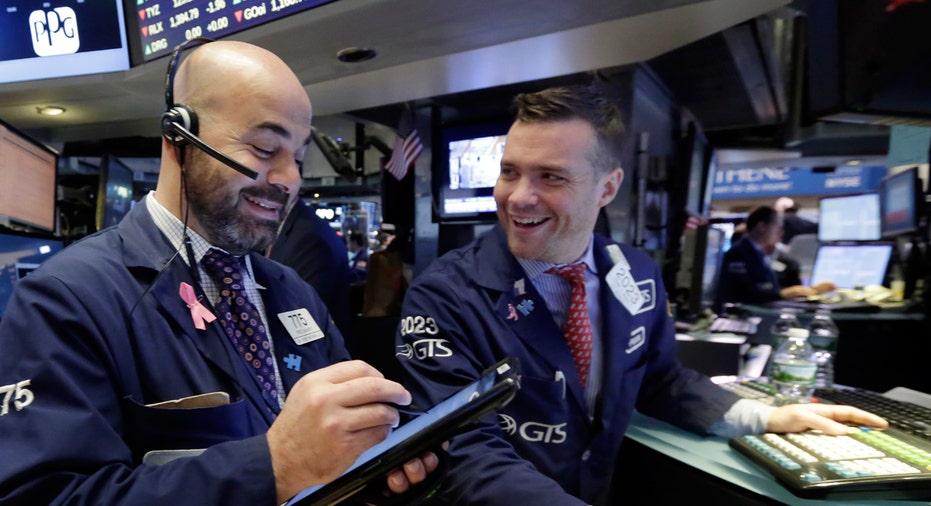S&P Tops $20T as Stocks Hit Fresh Records and Trump Trade Rolls On

U.S. equity markets on Monday traded at fresh all-time highs, extending last week’s record run as investors hold onto expectations of rising inflation and more fiscal stimulus from President Donald Trump’s administration.
The S&P 500 kicked off the week surpassing $20 trillion in market value for the first time ever, according to data tabulated by S&P Dow Jones Indices Senior Index Analyst Howard Silverblatt. The index, which is seen as a broad measure of the overall economy, has rebounded more than 26% from its February 2016 low, and is up more than 8% since Election Day with support from financials, technology and materials stocks. Those sectors stand to benefit from an expected combination of higher interest rates from the Federal Reserve and a push for more infrastructure spending under the Trump administration.
While the so-called Trump trade took a breather at the start of the year, it was reignited last week after the president promised a “phenomenal” tax-plan announcement in the coming weeks. Investors are carefully eying Trump’s public appearances for hints about how the businessman-turned-leader-of-the free-world will craft his economic-growth agenda.
“Trump refocusing on tax cuts late last week is helping to support expectations that economic and earnings growth will continue to improve,” said Dennis DeBusschere, managing director at Evercore ISI.
At the closing bell, the Dow Jones Industrial Average gained 142 points, or 0.70% to 20412, while the broader S&P 500 rose 12 points, or 0.53% to 2328. The tech-heavy Nasdaq Composite added 29 points, or 0.52% to 5763. The financials, industrials and technology sectors posted the biggest gains on the session as names like JPMorgan (NYSE:JPM), Home Depot (NYSE:HD) and Apple (NASDAQ:AAPL) hit new all-time highs.
Also helping the market’s momentum was a seemingly warming of relations between the U.S. and Japan after the president’s weekend meeting with Japanese Prime Minster Shinzo Abe, and an announcement Friday that Fed Governor Dan Tarullo will step down from his post around April 5. Tarullo was a supporter of the Dodd-Frank financial reform law enacted in the wake of the 2008 financial crisis – legislation Trump has vowed to dismantle.
“[That] will make a more dovish turn on the regulatory front easier to achieve,” DeBusschere said. “It also removes a reliably dovish note on the FOMC. Market-based expectations of Fed rate hikes should trend higher as investors discount a more hawkish Fed governor being appointed.”
Odds of a rate rise at the Fed’s March 14-15 meeting have edged up slightly since Friday to 17%, according to federal funds futures, a tool used to predict market expectations for changes in monetary policy. Wall Street is largely expecting the next 0.25 percentage point move higher in short-term interest rates to come at the June meeting. Odds for a rate rise at that time stand at 69%.
Until then, investors will closely monitor two important inflation reports this week – both the consumer and producer price indexes – and Fed Chair Janet Yellen’s semiannual monetary policy report to Congress, for any clues about when the central bank sees rates moving higher. On Tuesday Yellen heads to Capitol Hill to appear before the Senate Banking Committee, and on Wednesday she will answer questions from the House Financial Service Committee.
“Although Yellen’s economic assessment will reflect rising confidence in the outlook, we do not expect her to jawbone market expectations for a March rate hike,” said a team of Deutsche Bank economists led by Chief U.S. economist Joseph LaVorgna, noting the central bank will not have the first-quarter GDP report in time for next month’s meeting.
“If Trump’s policies have the stimulative economic impact that we anticipate, the Fed will be able to pick up the pace of policy normalization in 2018,” the economists noted.



















